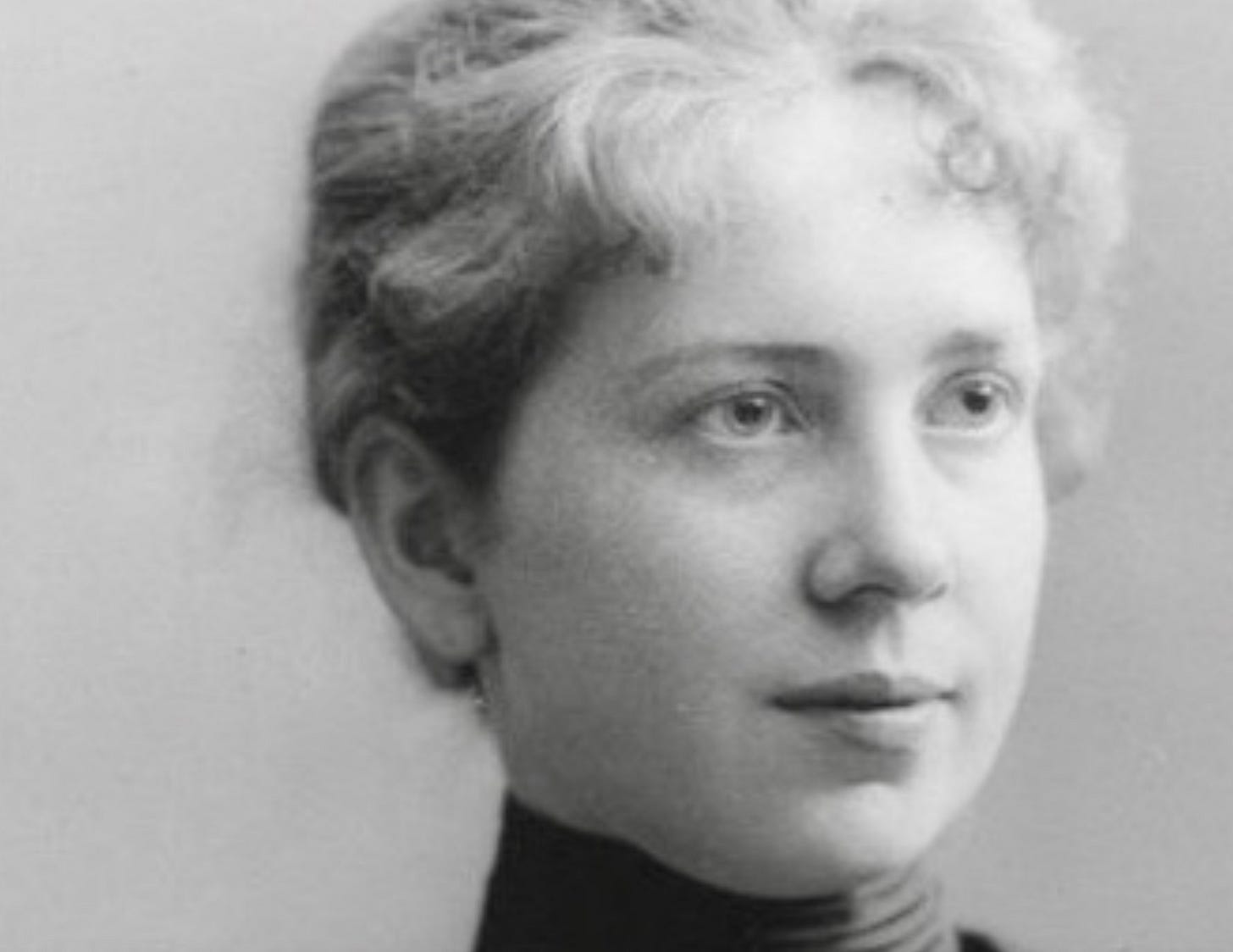Collaboration
Inspired by great female physicists
Last week I watched the brilliant Dr Suzie Sheehy give a talk from the Royal Institution “Physics experiments that changed the World”.
It was amazing to learn how often the contributions of women were downplayed or not even mentioned at the time. Only now are they being recognised.
This is Harriet Brooks. She had to choose between her career and marriage.
Even now, we know the underside of collaboration means that the achievements of unsung heroines and heroes may be overlooked.
Closing her fascinating lecture, Dr Sheehy said that whatever the scientific advances were, they all depended on shared efforts. She quoted Margaret Heffernan’s four elements of good collaboration…
Dialogue with people who have different mental models and ways of knowing.
Avoid clustering around people who agree with us in problem-solving.
Seek out people who have different backgrounds and disciplinary expertise.
Engage with diverse team members in collaborative problem-solving.
I talk a lot about collaboration - it’s a very common application of improv and our ‘Yes, And’ ethos. It’s a good thing, surely?
But in the pandemic, so many of my clients have told me that measured productivity has increased. People tell me they can get their heads down and finish things when they work from home. In my reading around the topic (because I always want to be prepared for the ‘Yes, But’ response; ‘it’s all very well for you talking about what you do onstage but it’s very different in real life’), I found that:-
A study showed those who did some thinking on their own, then shared with others, then went back to thinking on their own and so on, did better than those who did it all on their own or all collectively.
There are three types of collaboration - Informational (resources and expertise that can be passed on); Social (awareness and network access, that can help people collaborate with one another); Personal (time and energy). Obviously the latter is a bigger commitment and - guess what - women tend to do this more.
The ‘value added’ due to collaboration is much larger than the percentage of people who do it. So this small cohort can have a bigger impact than their number.
Those who do help out often become swamped. It might even lead to antagonism; ‘well you helped out in the past, why not now?’ Perhaps no good turn goes unpunished.
Men who stayed late to help out were seen in a better light than women who did. When a women refused, she was seen in a worse light than when a man did the same.
So collaboration can be great. It shouldn’t mean more meetings. It should mean less stress all round. Notice if that is not the case. Be aware of the type of task at hand, of whom you ask for help and who asks you. Notice how that ‘lone wolf’ never ends up with actions at the end of a meeting. Find ways of bringing them into the fold. Find ways of taking work off others or sharing it with those who’d relish the opportunity. Acknowledge those who help you. Find ways to return the favour. Mostly, take time listen to understand the perspective of others.
And think of tragic Harriet who did so much, at the start of the 20th century, to progress our understanding of nuclear science, which is still leading to so many advances in the 21st.
Find out more about Collaborative Overload in the Harvard Business Review.

